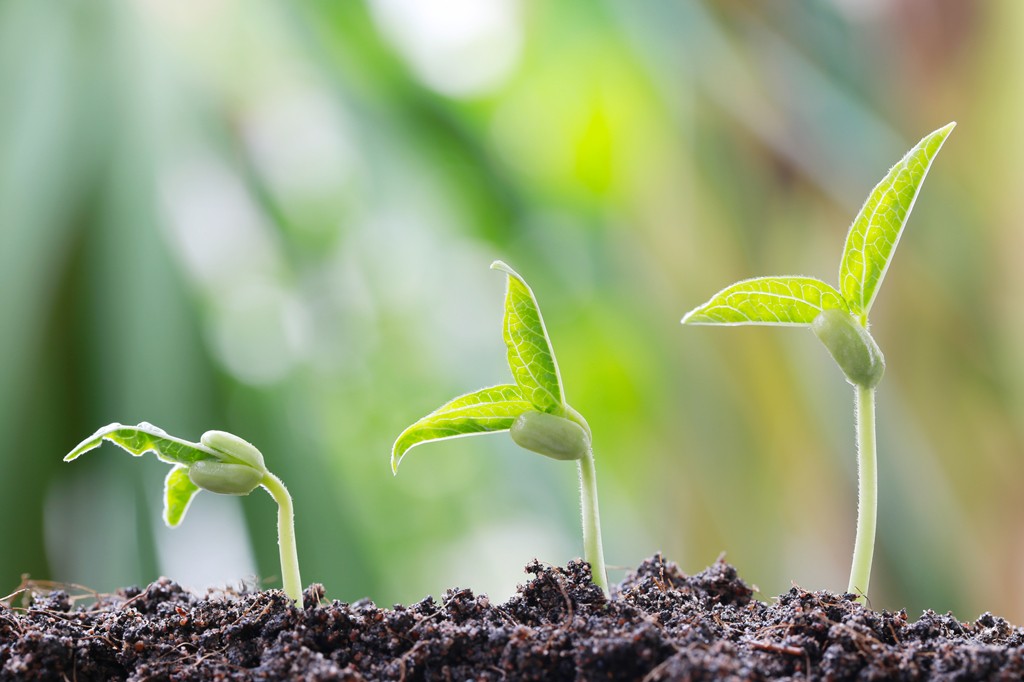Description
In recent years, sensor networks, drones, IoT technologies have been introduced to improve many aspects of agricultural practices, including but are not limited to energy efficiency, environmental friendliness, and food healthiness, necessitating advanced signal processing techniques and systems that meet the many challenges in agricultural applications under strict cost, power consumption, weather-proof, and other constraints. Furthermore, with revolutionary advancements in deep learning and AI, smart agriculture is at the eve of explosive growth with its impact felt on a global scale.
At this time juncture, we propose to ICIP 2024, a dedicated workshop bringing together leading experts in smart agriculture and signal processing for smart agriculture, as well as broad audience from the signal processing community in general, for an in-depth face to face presentation and discussion of the signal processing challenges in smart agriculture applications, as well as the state-of-the-art, thereby improving the awareness by the image processing and signal processing community to critical and promising research areas and challenges pertaining to one of the most fundamental and ancient practices of human society. The workshop will include presentations by experts from the drone, smart agriculture and signal processing societies, presentations of papers, and an panel for curated open discussions.

Research Topics
Main topics covered include but are not limited to
Image and processing for sensor networks in smart agriculture
Image and signal processing for drones
Robust and energy efficient signal and image processing systems for smart agriculture
Drones for smart agriculture
Large models for smart agriculture
Image and signal processing for food processing
Multi-modal information fusion for smart agriculture
Blockchain for smart agriculture
Information
Extended Abstract
Providing sufficient and healthy food to world population in a sustainable manner is one of the greatest challenges faced by human society today. According to Cares.org, the “global food system is responsible for approximately one-third of all global greenhouse emissions” [1], while one in ten people around the world go to bed hungry each night, 45% of child death can be attributed to hunger and related causes [2], even though there is enough food produced to feed everyone on earth.
On the other hand, in developed countries such as the US, unhealthy eating and inactivity is the leading cause of death [3], while a 2013 article found that food recalls can cause $77 billion in economic damages in the US [4].
In populous developing countries such as China and India, pesticides and fertilizers are widely abused that poses health threads to a large percentage of the world youth population.
These are only a few examples of the challenges facing the world agriculture and food industry. In recent years, technologies such as IoT, sensor networks, big data have been introduced to improve the food production and distribution ecosystem, while reducing carbon footprint. With the rapid development of deep learning and AI, especially large models, smart agriculture are at the eve of revolutionary growth.
Central to this forth-coming revolution is signal and especially image processing algorithms suitable for applications to smart agriculture, where cost and energy consumption are severely constrained, and where signal strength and quality are often low, and where signals are often impaired by weather, landscape, vegetation, etc.
As a first example, autonomous UAV (drone) must deal with highly complicated landscapes and farmland shapes in developing countries such as China, necessitating low latency, low power image processing and computer vision algorithms, preferably implemented using Domain Specific Architecture.
Efficient pest control must be able to utilize both marco information such as weather and historic pest and climate information, as well as micro information collected by low cost and energy efficient smart sensors, that can be of low precision and are non-uniformly collected both spatially and temporally. It can potentially benefit from large models providing information such as fertilizing and pest-killing efficiency, as well as environmental and food healthiness impact.
For applications in the food processing and health monitoring areas, image based analysis of calorie in-take tracking can be integrated with information collected from smart wearable devices and etc., with user privacy protected using technologies such as blockchain.
In this workshop, we aim to bring stake-holders and researchers in smart agriculture related areas together, and through keynote presentations, research paper presentations and monitored and curated open discussions, raised awareness of the general image and signal processing community to many challenges and research opportunities in smart agriculture related applications.
It will also serve as an out-reach opportunity by the IEEE Signal Processing Society to the agriculture and food production industries, which could benefit tremendously from participation in IEEE Conferences and IEEE coordinated standards and professional training events.
Planned composition
We propose to include key note presentations, and monitored and curated open discussions.
Organizers
Yuxing Han, Tsinghua-Berkeley Shenzhen Institute, China, yuxinghan@sz.tsinghua.edu.cn
Fengqing Maggie Zhu, School of Electrical and Computer Engineering, Purdue University, USA, zhu0@purdue.edu
Yubin Lan, South China Agricultural University, China, ylan@scau.edu.cn



Measure to ensure diversity
We measure diversity in three important aspects:
The first is in the composition of organizers and participants. Nearly half of the organizers are female, with a diversity in seniority in terms of career development. The organizers come from Asia, Europe, and North America. We will also proactively promote the workshop through regular IEEE channels, as well as channels dedicated to female professionals.
The second aspect of diversity is participates from academia and industry. We plan to invite key note speakers from leading companies such as Walmart and DJI, as well as from universities and research institutes.
The third aspect is diversity in seniority of the participates. But including high level key note presentations as well as cutting edge research papers, we strive to make the workshop informative and engaging to students as well as seasoned researchers and engineers.